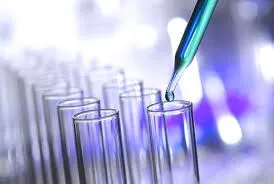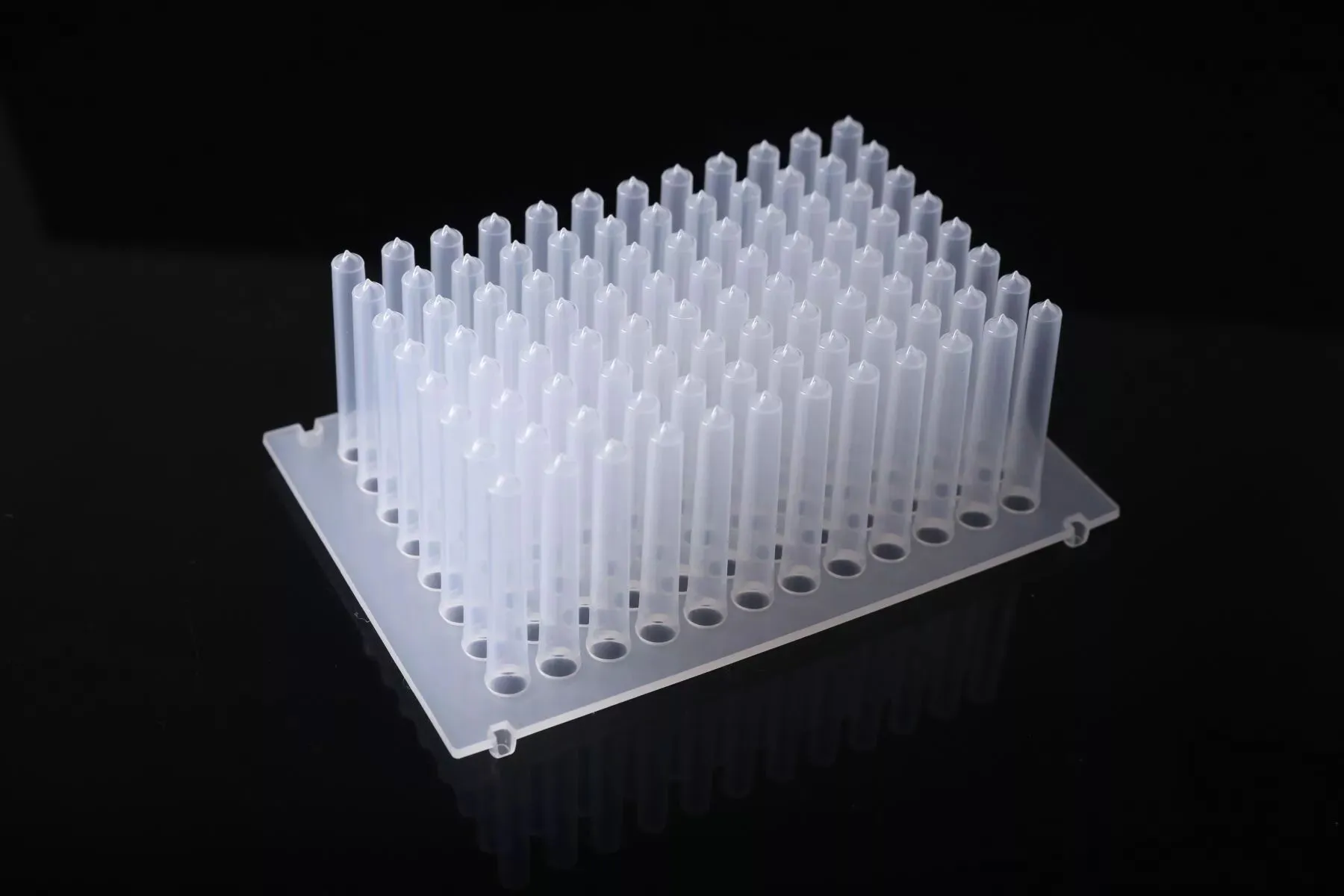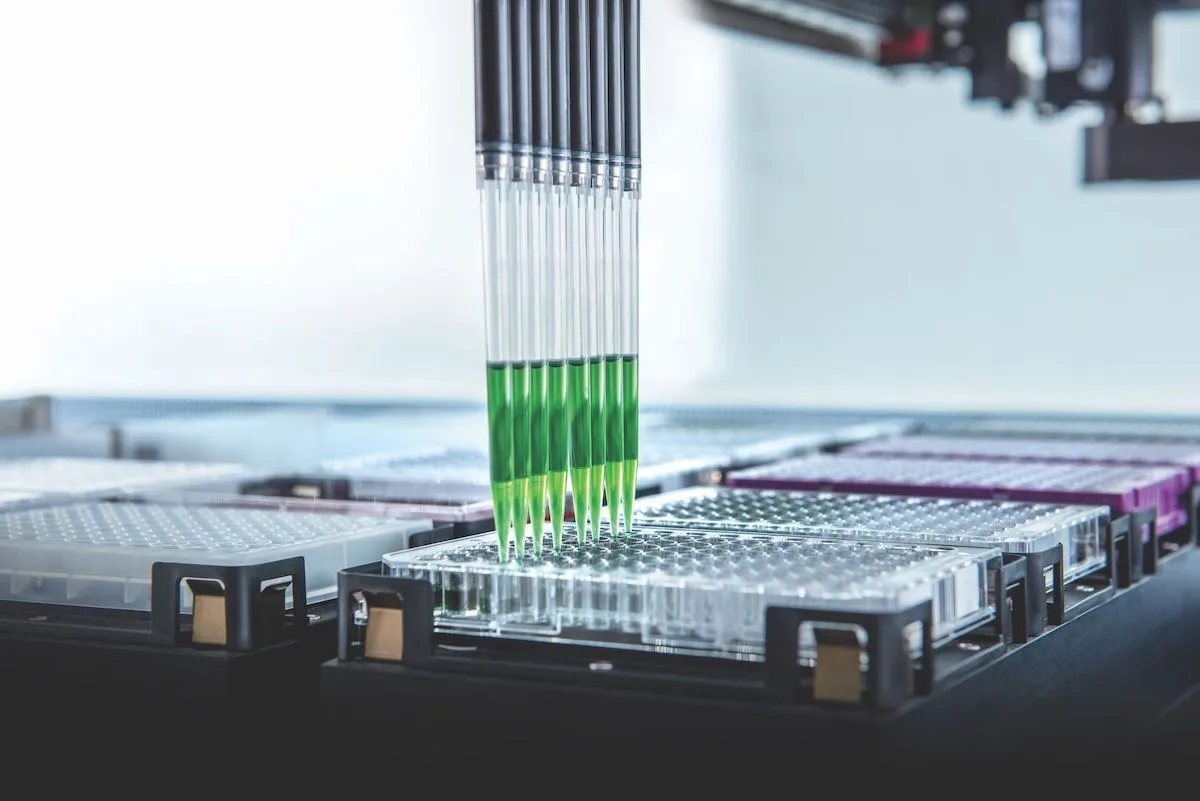Different Types of Laboratory Tubes and Their Uses
Sep 03, 2024
On this page
In the laboratory, the test tube is a very important experimental instrument, widely used in chemistry, physics, biology and other fields of research and experiments. Depending on the specific needs and purposes of the experiment, the laboratory will use different types of test tubes. The following are several common types of laboratory tubes and their characteristics and applications.
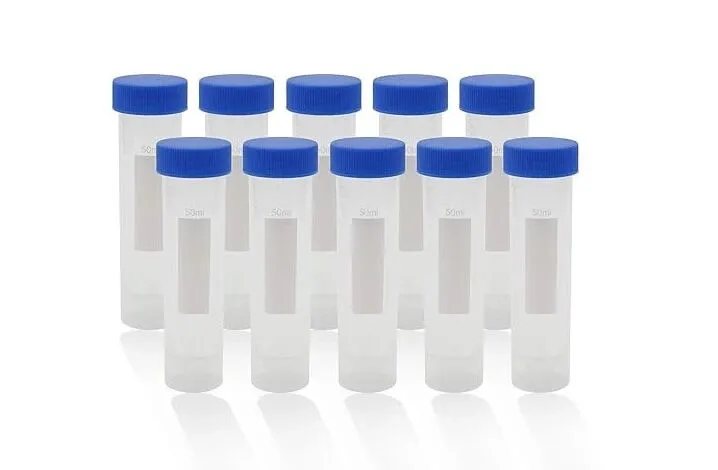
Centrifugal tubes are specially designed to maintain sample stability under high centrifugal forces. They usually have a tapered bottom that is better able to collect sediment for easy separation. Centrifugal tubes are available in a variety of capacities, such as 15 ml and 50 ml and other common specifications. It is widely used in the separation, concentration, cleaning and storage of samples, especially in molecular biology, cell biology and biochemistry experiments.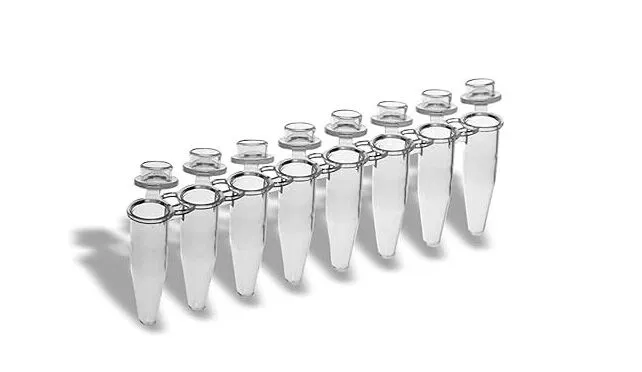
PCR tubes are tubes designed for polymerase chain reaction (PCR) that can withstand alternating high and low temperatures during temperature cycling in a PCR apparatus. Usually made of heat-resistant materials such as polypropylene, it can effectively avoid deformation or rupture caused by temperature changes. PCR tubes are typically designed in thin strips, allowing multiple tubes to be connected together in order to process multiple samples simultaneously and improve experimental efficiency.
Centrifugal Tube

Centrifugal tubes are specially designed to maintain sample stability under high centrifugal forces. They usually have a tapered bottom that is better able to collect sediment for easy separation. Centrifugal tubes are available in a variety of capacities, such as 15 ml and 50 ml and other common specifications. It is widely used in the separation, concentration, cleaning and storage of samples, especially in molecular biology, cell biology and biochemistry experiments.
Test Tube
The test tube is one of the most commonly used glassware in the laboratory, usually cylindrical, open top, suitable for holding a small amount of liquid or solid. Test tubes come in a variety of sizes and materials. Glass test tubes are resistant to high temperatures and suitable for heating experiments, while plastic test tubes are lightweight and not easy to break. They are mainly used for qualitative analysis, observation of chemical reactions, mixing reagents, sample pretreatment and preservation, and are essential tools in chemical experiments.Microcentrifuge Tube
Microcentrifuge tubes, also known as Eppendorf tubes, are small tubular vessels, usually between 0.5 mL and 2 mL in volume. They are used in experiments that require the handling of small volume samples, such as DNA extraction, PCR product storage, enzyme reactions, etc. Microcentrifuge tubes are generally made of polypropylene, resistant to chemical corrosion and have good sealing properties to prevent sample evaporation or contamination.PCR Tube

PCR tubes are tubes designed for polymerase chain reaction (PCR) that can withstand alternating high and low temperatures during temperature cycling in a PCR apparatus. Usually made of heat-resistant materials such as polypropylene, it can effectively avoid deformation or rupture caused by temperature changes. PCR tubes are typically designed in thin strips, allowing multiple tubes to be connected together in order to process multiple samples simultaneously and improve experimental efficiency.
Culture Tube
The culture tube is mainly used for the culture of cells, microorganisms and tissues, and the materials include borosilicate glass and transparent plastic. The culture tube design is usually straight cylindrical, with different size specifications, common with screw cap or stopper design to provide good sealing and prevent outside contaminants from entering. They play an important role in cell biology, microbiology, tissue engineering and other research fields.Cryogenic Tube
Cryogenic tubes are designed for the storage of biological samples in extremely low temperature environments, such as liquid nitrogen (-196°C) or for use in ultra-low temperature refrigerators. Cryogenic tubes are made of special materials, such as polypropylene or polyethylene, capable of maintaining structural stability under extreme conditions. The cap is usually screw-type to ensure an airtight seal and effectively avoid sample loss and contamination during the freezing process.Falcon Tube
A falcon tube, also known as a conical tube, is a large plastic tube with a conical bottom and screw cap. Their capacities range from a few ml to 50 ml and are suitable for a variety of laboratory applications such as sample storage, centrifugation, mixing and preparation. The conical design of the Falcon tube facilitates the separation of precipitation and supernatant and is an important tool in cell culture, chemical analysis and clinical experiments.NMR Tube
Nuclear magnetic resonance (NMR) tubes are long, thin glass tubes designed for NMR spectroscopy experiments. They are transparent to electromagnetic radiation and are well suited for NMR analysis of samples. NMR tubes are made of fine material and are processed strictly to ensure that there are no impurities or errors that affect the results during the experiment.Conclusion
There are many kinds of test tubes used in the laboratory, and each test tube has its own unique characteristics and uses. According to the needs of the specific experiment and the different experimental methods, the experimental personnel will choose the most appropriate type of test tube to ensure the accuracy and reliability of the experimental results. These tubes not only play an important role in basic research, but also provide important support for the daily work of the laboratory.Previous: Purpose and Precautions of Magnetic Rod Sleeve

